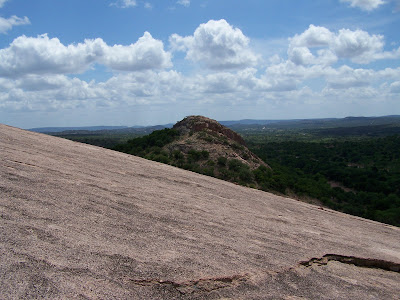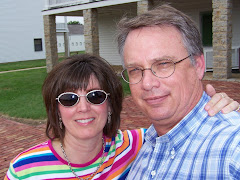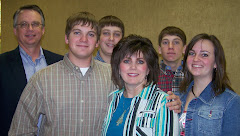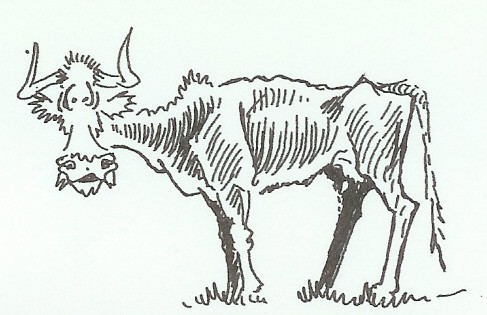Click on the pictures for a larger view.


 Work began on Fort Griffin in 1867 when Lieutenant Colonel Samuel arrived with four companies of the Sixth Cavalry on July 31st. The outpost, which was first called Camp Wilson was built upon a hill overlooking the Clear Fork of the Brazos River.
Work began on Fort Griffin in 1867 when Lieutenant Colonel Samuel arrived with four companies of the Sixth Cavalry on July 31st. The outpost, which was first called Camp Wilson was built upon a hill overlooking the Clear Fork of the Brazos River. Later the name was changed to Fort Griffin, in honor of the late Major General Charles Griffin, Commander of the Texas Army Department and who had originally made the plans for building the new fort.
Later the name was changed to Fort Griffin, in honor of the late Major General Charles Griffin, Commander of the Texas Army Department and who had originally made the plans for building the new fort.

 By the time it was finally complete, the fort would accommodate up to six companies of soldiers and included an administration building, a hospital, officers' quarters in eleven buildings, numerous barracks, a guardhouse, a bakery, a powder magazine, five storehouses, forage houses, four stables, a laundry, and a workshop.
By the time it was finally complete, the fort would accommodate up to six companies of soldiers and included an administration building, a hospital, officers' quarters in eleven buildings, numerous barracks, a guardhouse, a bakery, a powder magazine, five storehouses, forage houses, four stables, a laundry, and a workshop.Ft. Griffin - The Most Dangerous Prairie in Texas ~~ Click here to learn more.
Fort Griffin - Lawlessness on the Brazos ~~ Click here to learn more.












































